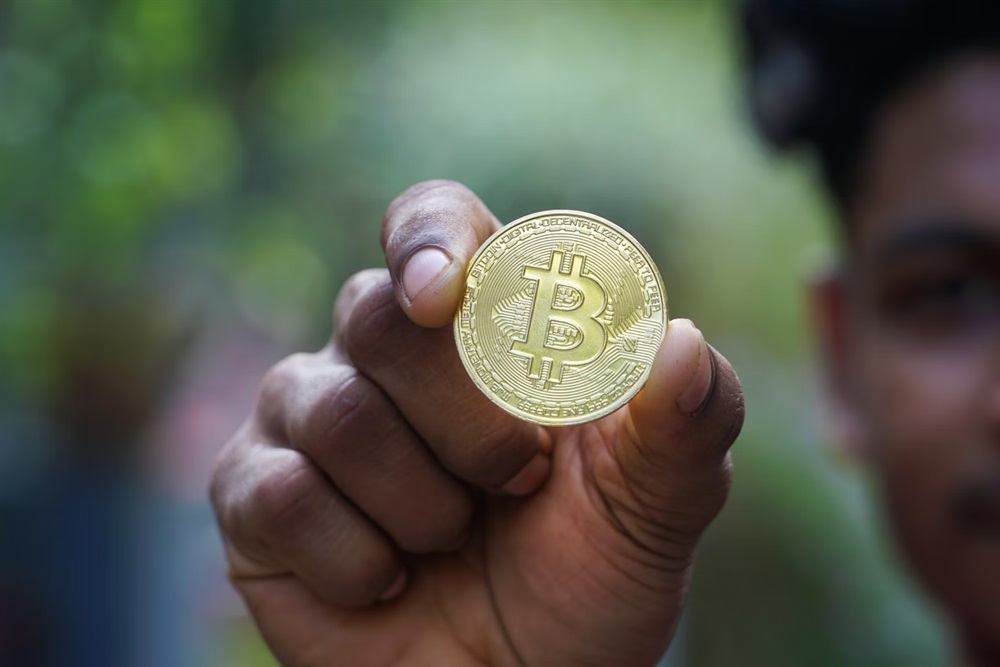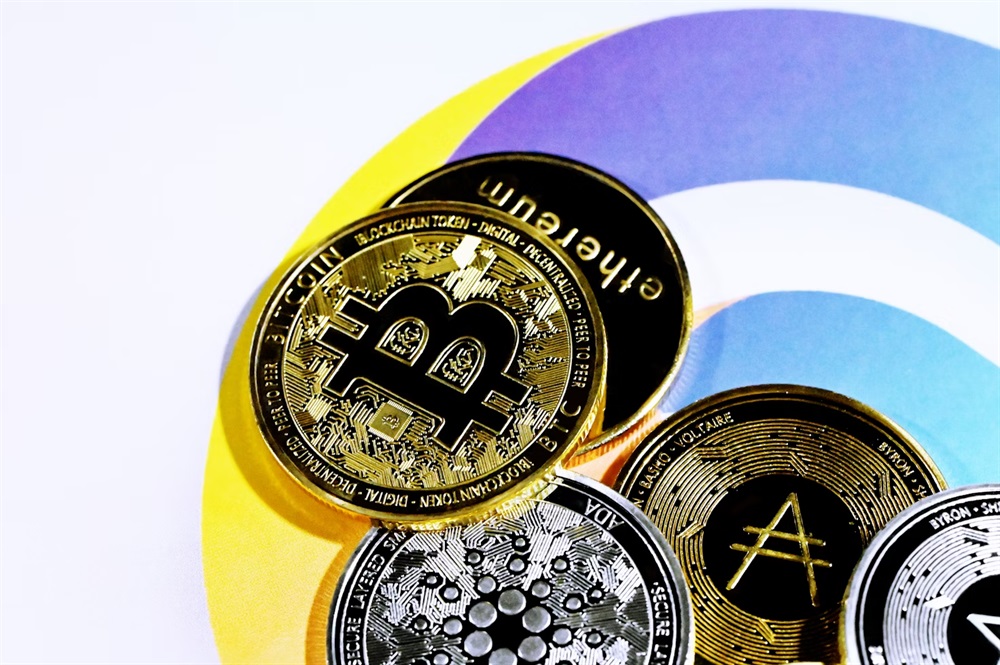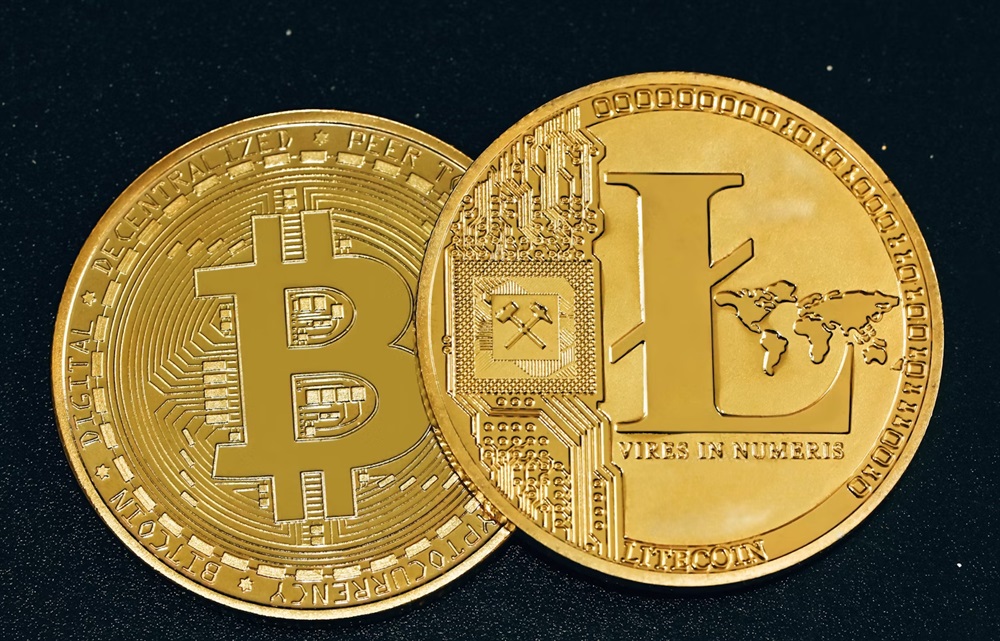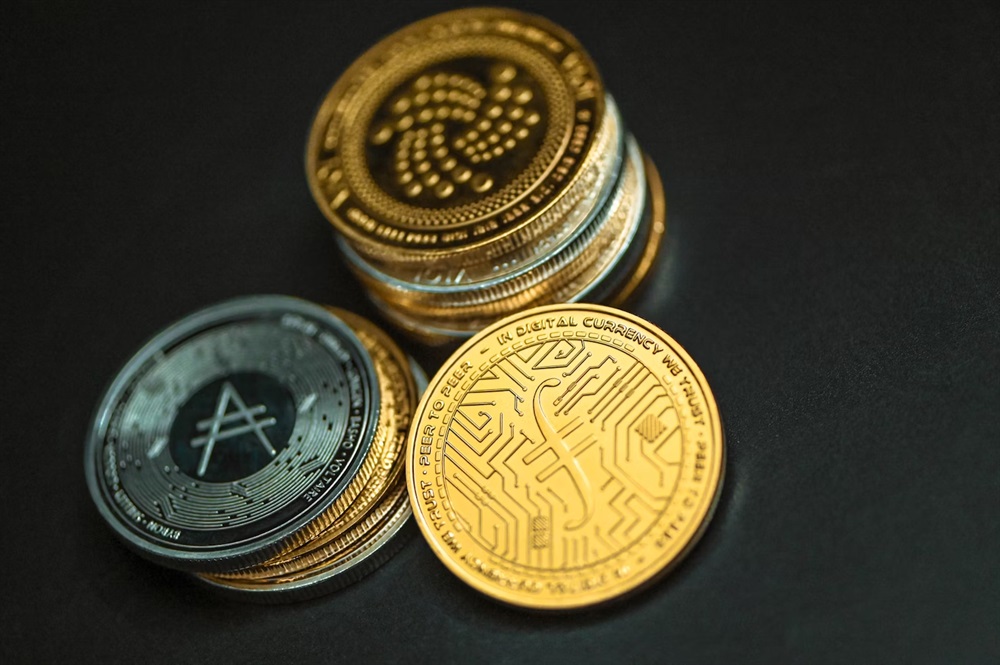Events That Affected Crypto the Most in 2024
The year 2024 witnessed several core developments that changed the market of cryptocurrencies very radically.
Find out how these crucial moments in the market’s history have brought change.
Gaming and Blockchain Integration
In 2024, cryptocurrency became a central force in gaming, integrating into numerous popular titles such as Axie Infinity, where players breed and battle NFT-based animals called Axies, and games with online slot machines, where players may profit while playing.
As crypto became more widely accepted in the gaming industry, it became an essential innovation catalyst, thereby remapping player engagement and digital entertainment. The situation reached a point it had never been before.
Blockchain technology transformed the gaming sphere, in addition to the instances already mentioned, as it ensured freelance ownership of assets, rewards, and decentralized economies.
The International Olympic Committee (IOC) got involved in NFTs and esports. They ended their “Mario & Sonic at the Olympic Games” series, which has been running for decades in this venture.
On the flip side, it teamed up with nWay to deliver “Olympics Go! Paris 2024”, a mobile game that provides NFT rewards for users who perform sports-themed minigames.
Likewise, “Hamster Kombat”, the mini-game on Telegram, hooked more than 300 million players due to its entertaining gameplay and cryptocurrency exchange that looks and works like the real one.
Bitcoin Halving 2024

Bitcoin’s fourth halving event occurred in April 2024, decreasing the mining reward from 6.25 BTC to 3.125 BTC per block.
Every four years, this event allows for a decrease in Bitcoin production, thereby limiting it to a cap of 21 million in the case of Bitcoin.
Bitcoin halvings have historically caused massive price upticks due to a pause in supply and escalating demand.
The halving event in April 2024 led to this drop in the daily output of new Bitcoins: from 900 coins to 450 coins.
Lower supply sometimes ignites a bull market, resulting in stronger demand and a surge of media coverage.
Similarly, in the previous cycles, innumerable traders foresaw the price increments, thereby increasing volatility and driving speculative trading.
This Bitcoin halving led to a cut in supply, thus enthusing a shift in market sentiment. With institutional investors, retail traders, and crypto-enthusiasts closely following the market movement, a long-term price rise was expected.
The April 2024 event highlighted the issues of Bitcoin as a store of value and an inflation hedge; thus, many new market players were attracted to the idea, and the worldwide financial market has experienced the crypto’s broad acceptance.
Approval of Bitcoin ETFs
In January 2024, the U.S. Securities and Exchange Commission (SEC) announced the approval of spot Bitcoin ETFs, an exceptional event for the cryptocurrency community.
The regulatory approval of the ETF indicated the regulatory adoption of Bitcoin, which in turn enabled Bitcoin to join mainstream financial markets and unleashed the scope of institutional investors to levels never before seen.
Through a well-controlled investment tool, Bitcoin ETFs provided a secure and universal entrance for those traditional investors rigid in direct crypto asset management.
Large financial institutions such as BlackRock and Fidelity quickly entered the fray, introducing Bitcoin ETFs that have attracted billions of dollars from investors.
BlackRock’s Bitcoin ETF alone had more than $9 billion in assets as of the end of 2024, which clearly shows the intense interest of institutional investors in the cutting-edge sector.
Fidelity expanded its portfolios to include Bitcoin Exchange Traded Funds, which combine digital assets with traditional investment strategies.
With the accreditation, Bitcoin’s market cap and trading volumes rose, and its daily transactions almost hit $10 billion.
The institutions attracted more investment, resulting in liquidity and reducing market volatility.
Bitcoin ETFs were also a huge catalyst for demand, making Bitcoin legitimate in the global financial system.
This significant development changed Bitcoin’s position and diversified it into a major portfolio component in different asset categories, influencing investors to change their attitude toward digital currency.
As 2024 concludes, Bitcoin ETFs will become the epitome of innovative financial solutions that bridge the timeworn markets and the emerging crypto economy.
Ethereum Cancun Upgrade

In March 2024, Ethereum successfully completed the much-awaited Cancun upgrade, which was devised to transform scaling, security, and transaction processing capability.
Among the major introductions was proto-dank sharding, which facilitates data manipulation and transactions, as well as faster network processing.
The release’s most significant advancement is dank sharding, which divides the Ethereum blockchain into smaller data segments called 'blobs,’ more efficient transaction management.
This way, Ethereum’s TPS grew extremely, reaching beyond 100,000 TPS. Thus, the users' transaction costs came down, and the gas efficiency improved significantly, improving the user experience through the system.
The Cancun upgrade was successful for developers and users due to its improved interoperability and reduced on-chain storage costs.
Ethereum’s position as a top blockchain ecosystem was strengthened by making the network more scalable and appealing for decentralized applications (dApps) through block space optimization and infrastructure strengthening.
This milestone demonstrates Ethereum’s ongoing dedication to innovation and growth.
Macroeconomic Factors
Macroeconomic factors have been the main drivers of the cryptocurrency market near the end of 2024.
Factors such as GDP growth, inflation rates, and interest rate policies have greatly affected the trajectory of the market, the line of attack that traders follow, and investors' moods.
Two important factors were the close end of the U.S. interest rate increase and the release of essential CPI data.
The possibility that the rise of U.S. interest rates could be over has caused optimism in the crypto market.
In the past, soaring interest rates have pressured out riskier assets such as cryptocurrencies. If interest rates remain unchanged or decrease, digital assets can be more appealing because of the diminishing rate of traditional savings accounts.
Besides, U.S. CPI data disclosure in September captured considerable public attention.
As cryptocurrencies are viewed as a shield from inflation, the inflationary signals are sensed faster and are among the common factors that boost demand.
This may suggest that cryptocurrencies are not just alternatives but also savings instruments and, consequently, they may be preferred investment items in a changing economic environment.
Regulatory Developments

By the end of 2024, the cryptocurrency market will have undergone significant regulatory reforms, reshaping its global context.
The most crucial evolutions are completing the FTX case and implementing more severe regulations in countries that lead to the world economy.
These measures help reinforce investors’ confidence, increasing transparency and forming a safer market.
The FTX case’s result created a model that showed the way toward better partnerships between crypto companies and regulatory institutions, which are now a necessity.
It added the concept of compliance and led many companies to reformulate their strategies, thus avoiding such occurrences.
This change is helping to create a safer and more reliable marketplace that brings composure to investors and new participants in the sector.
Around the world, nations such as Australia, the United Kingdom, Brazil, and South Korea have brought in new crypto regulations to keep pace with the dynamics of blockchain technology.
These frameworks deal with vital matters like investor protection, fraud prevention, and financial stability.
By forming more defined rules, regulators are nurturing innovation while limiting risk in decentralized finance.
Overall, the regulations that progressed in 2024 are making the cryptocurrency market far more sophisticated.
These steps bring about a better compromise between technological development and market stability, strengthening the role of digital assets in the world financial system and making it more reliable and trustworthy.
Innovations and Upgrades
At the end of 2024, the main improvements and numerous updates that have revolutionized the crypto sector have been the giant steps in efficiency, scalability, and the users' adoption of this technology.
The main developments involved the Flow Crescendo network upgrade and Polygon’s transition to the main net, intended to improve blockchain performance and user experience.
The Flow Crescendo upgrade, launched in September 2024, significantly shortened the transaction speed by reducing the block time to 0.8 seconds, achieving a 100% transaction success rate and making it more user-friendly.
The 38% shrinkage in memory usage has enhanced system efficiency, and consequently, the network has become more attractive to developers and users as well.
Likewise, on September 4, 2024, Polygon replaced its MATIC token with the new POL token and moved its mainnet.
This update reinforced security, increased scalability, and improved transaction management, resulting in a more resilient blockchain ecosystem.





